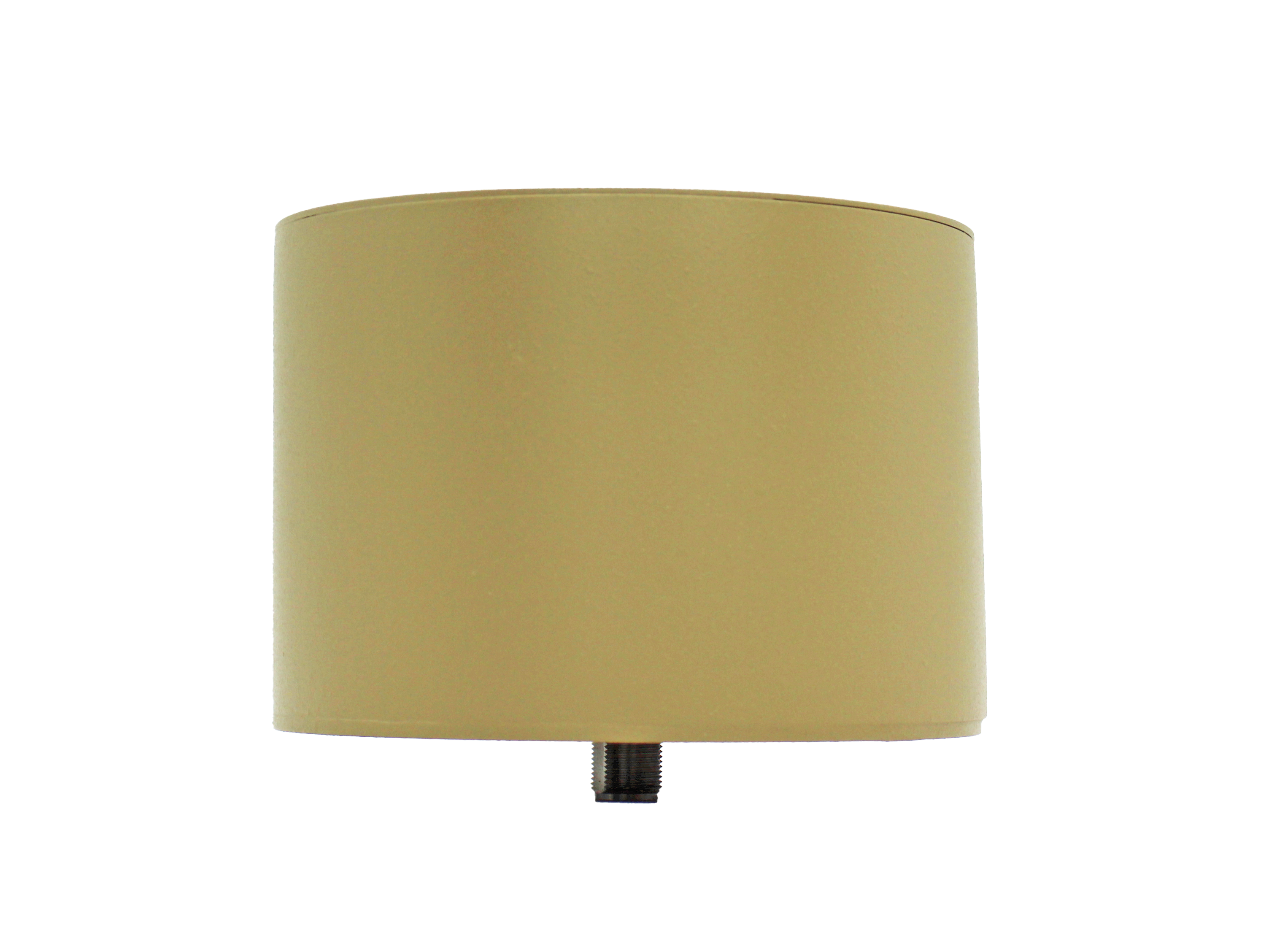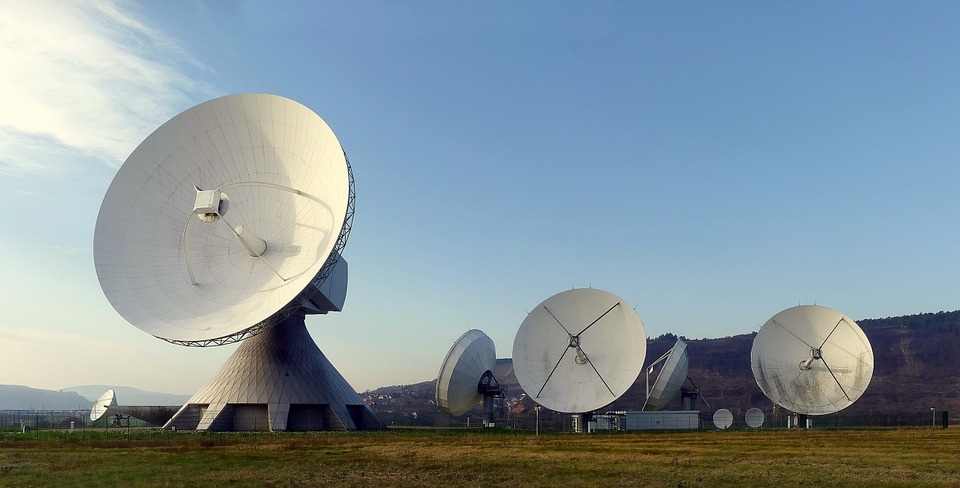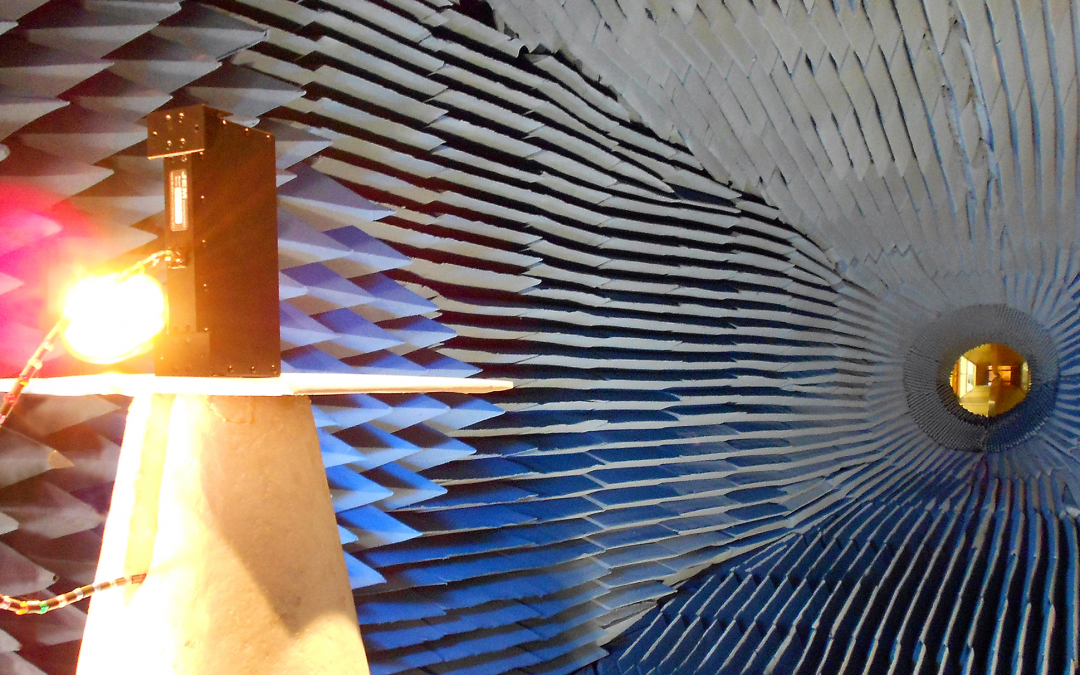Introduction to Biconical Antennas
June 2021In a previous post, we briefly explained that broadband antennas are antennas that operate over a wide band of frequencies, or “bandwidths,” higher than 1 octave. We also explained that broadband antennas come in a variety of forms. In this post, we will discuss a particular type of broadband antenna: the biconical antenna.
The phrase “biconical antenna” describes a broadband antennas that are made up of two roughly conical conductive objects, that are nearly touching at their points. Because of their configuration, they can also be referred to as “bowtie” or “butterfly” antennas.
Larger diameter = more broadband.
Biconical antennas have dipole characteristics. The double cone elements structure contributes to their wider bandwidth. The antenna becomes more broadband as the cone angle increases.
Solid or shell biconical antennas aren’t practical for all operations.
Solid or shell bicone structures can sometimes be too large for most frequencies of operation. Thus, many antennas are designed to mimic the standard biconical geometry, but with altered structure and materials.
The wire bow-tie, for example, reduces the weight and wind resistance of a structure. Although one wire bow-tie would be very narrowband in comparison to actual cone-shaped or triangular sheet antenna, multiple (8+) intersecting wires can achieve the same radiation characteristics of its counterparts.
Bioconical antennas can be used in a number of applications, typically in the VHF and UHF frequency ranges.
JEM Engineering develops low-profile and versatile biconical antennas.
They are often used in electromagnetic interference (EMI) testing either for immunity testing, or emissions testing.
They are more effective than half-wave dipoles, because biconical antennas allow continuous sweeps, allowing for more ease in discovering anomalies.
The LBC-0718, which operates within frequencies from 700 MHz to 18 GHz, weighs about 2 lbs (approx. 0.91 kg) is suitable for SIGINT, signal monitoring, and multi-band communication.

Latest Posts

Antennas: A History
In honor of our seventeenth anniversary, we invite you to take a look at some major research developments and trends in antenna history over the past century.

Honoring Black Engineers
JEM Engineering is a minority owned company and in honor of Black History Month we would like to shine light on two Black engineers who have made an impact in the world of engineering.

Which Testing Chamber? TATF vs. SNF
JEM Engineering boasts two antenna testing chambers at our facility in Laurel, MD, within easy reach of both Baltimore and Washington DC.
